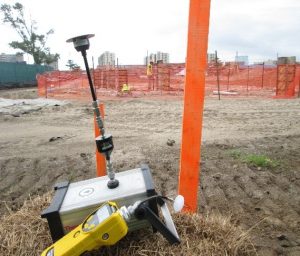Climate Change and Environmental Protections in New York State
New York State (NYS) is taking aggressive steps to curb the increasingly more evident effects of climate change by being a leader in environmental protection and clean energy. NYS is both looking to initiate additional environmental protections to reduce environmental pollution and to utilize renewable energy to decrease its carbon footprint and burden on natural resources.
Governor Cuomo recently passed the Climate Leadership and Community Protection Act (CLCPA) that calls for an increase in Solar production to 6 gigawats (SolarIndustrymag) by 2025 as well as increasing renewable energy to 70% by 2030. Implementation of this Act alongside an agreement on the nation’s largest offshore windmill project would propel NYS to the forefront of renewable energy.

NYS and New York City agencies have passed laws and regulations, as well as the development of various best management practices, to ensure Construction projects take environmental impacts into consideration.
A few of these items are as follows:
- Stormwater Pollution Prevention Plans (SWPPP) are developed prior to a construction project’s start to ensure contaminants do not pollute stormwater.
- Community Air Monitoring Programs (CAMPs), which monitor excavation operations for dust emission to nearby communities, are implemented. These programs include the monitoring and control of dust emissions, preventing them from exceeding set limits.
- Environmental Justice Programs which ensure communities, where the dominant language is not English, receive information in their preferred language on construction projects going on in their neighborhood.
- Part 360 regulations passed by the New York State Department of Environmental Conservation regulate material disposal and transportation. Construction and Demolition debris can be hazardous if not handled properly. The Part 360 regulations ensure material is disposed of or recycled in a safe and clean way.
Questions?
If you have any questions concerning how these new regulations may affect your construction projects with regards to issues such as Stormwater Pollution Control, Community Air Monitoring and other Construction related environmental controls, please contact Walden’s environmental experts.
References: Solar Industry Magazine; “Cuomo Signs Historic Renewable Energy Bill into law”-By Betsy Lillian (Solarindustrymag)

